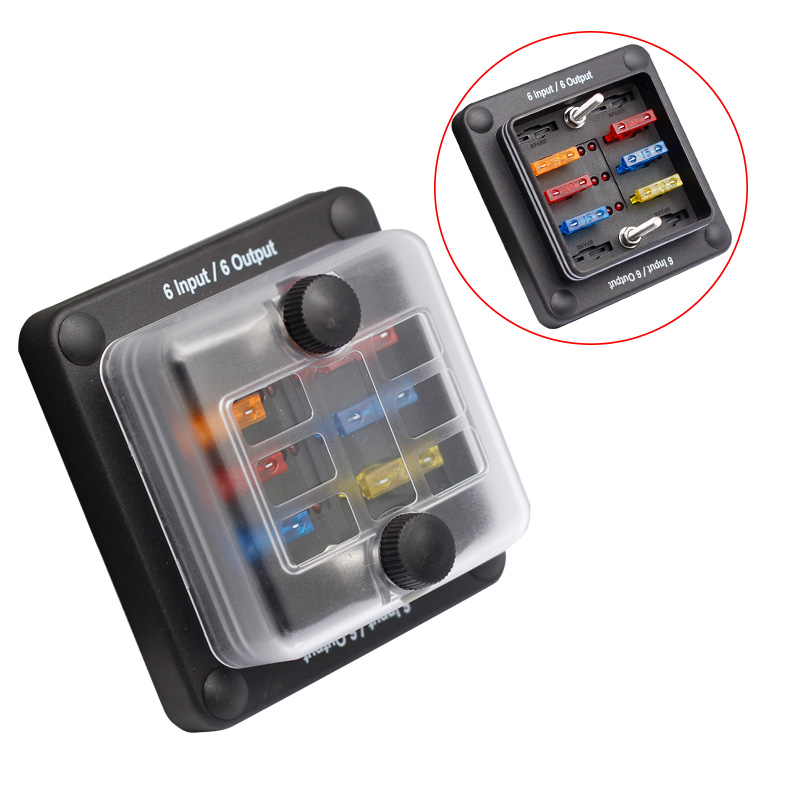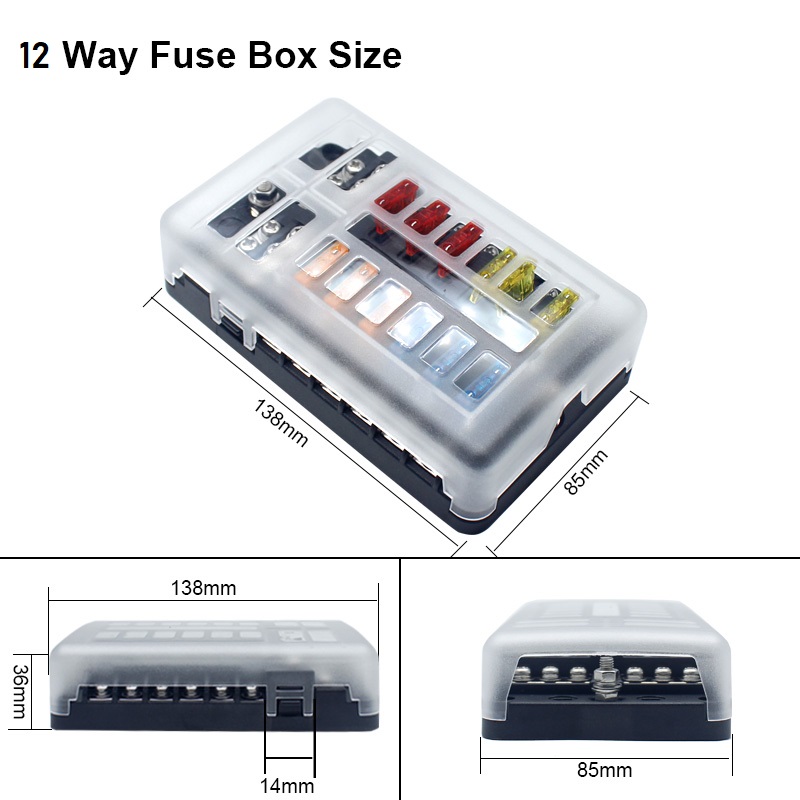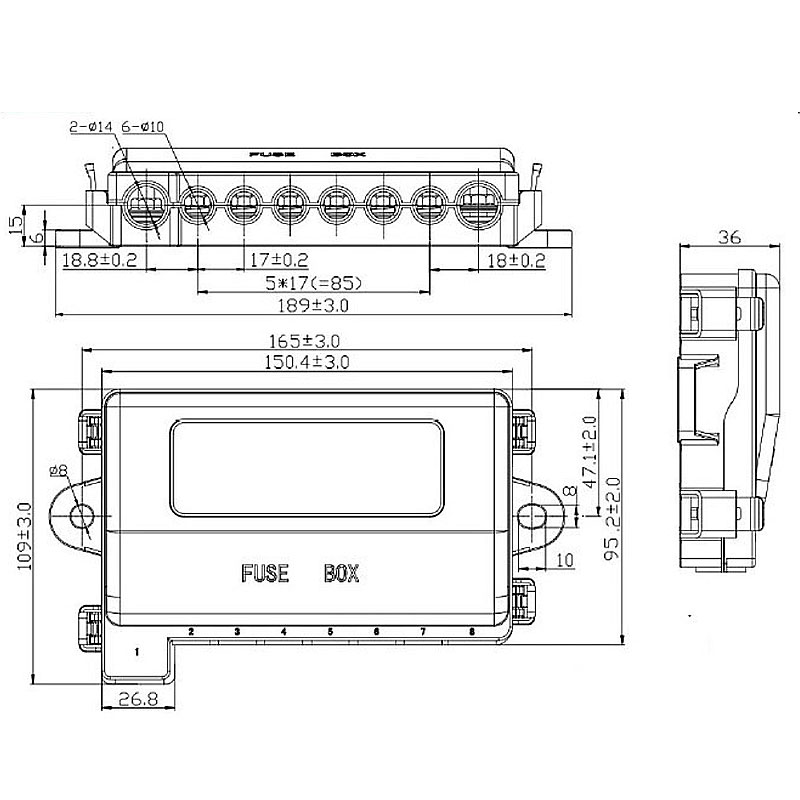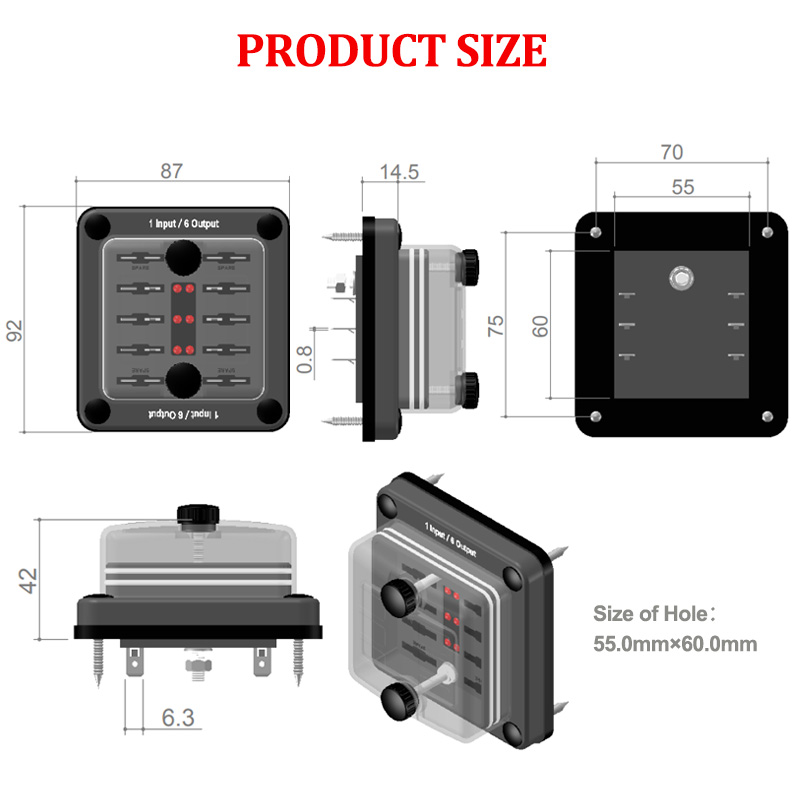Step-by-Step Guide to Replacing a Car Fuse Holder Without Cutting Wires
News 2025-10-20
Replacing a car fuse holder without cutting wires is essential for maintaining the integrity of your vehicle’s electrical system. This approach prevents potential damage to wiring harnesses and ensures long-term reliability, especially in high-vibration environments like automotive applications. By avoiding wire cuts, you reduce the risk of short circuits and make future repairs simpler. Common scenarios include dealing with corroded or faulty holders in older cars, where quick fixes can save time and money while upholding safety standards.

Tools and Materials Required
To successfully replace a fuse holder, gather the right tools and materials first. You’ll need a multimeter to test electrical continuity, various screwdrivers for accessing components, a compatible new fuse holder designed for automotive use, electrical tape for secure insulation, and possibly connector adapters to avoid modifications. Choosing high-quality, OEM-equivalent parts enhances performance by ensuring proper fit and reducing failure rates, which is crucial for systems under constant stress from engine heat and road conditions.
Detailed Replacement Process
Start by disconnecting the car’s battery to eliminate shock risks, then locate the faulty fuse holder in the fuse box or wiring assembly. Carefully remove the old holder by disconnecting clips or plugs without forcing cuts—use adapters if necessary to maintain wire integrity. Install the new holder by aligning connectors and securing it firmly, followed by reattaching any covers. Test the circuit with a multimeter to confirm functionality, highlighting the performance benefits like improved electrical flow and reduced downtime in critical applications such as lighting or engine controls.
Frequently Asked Questions
1. What symptoms indicate a failing fuse holder?
A failing fuse holder often shows signs like frequent fuse blowouts or inconsistent power to components, signaling the need for immediate replacement.
2. Is it safe to replace a fuse holder myself?
Yes, with proper tools and precautions, it’s a safe DIY task that avoids professional costs, but always disconnect the battery first.
3. How does this method improve car performance?
By preserving original wiring, it enhances reliability and prevents issues like increased resistance, leading to better electrical efficiency and longevity.


